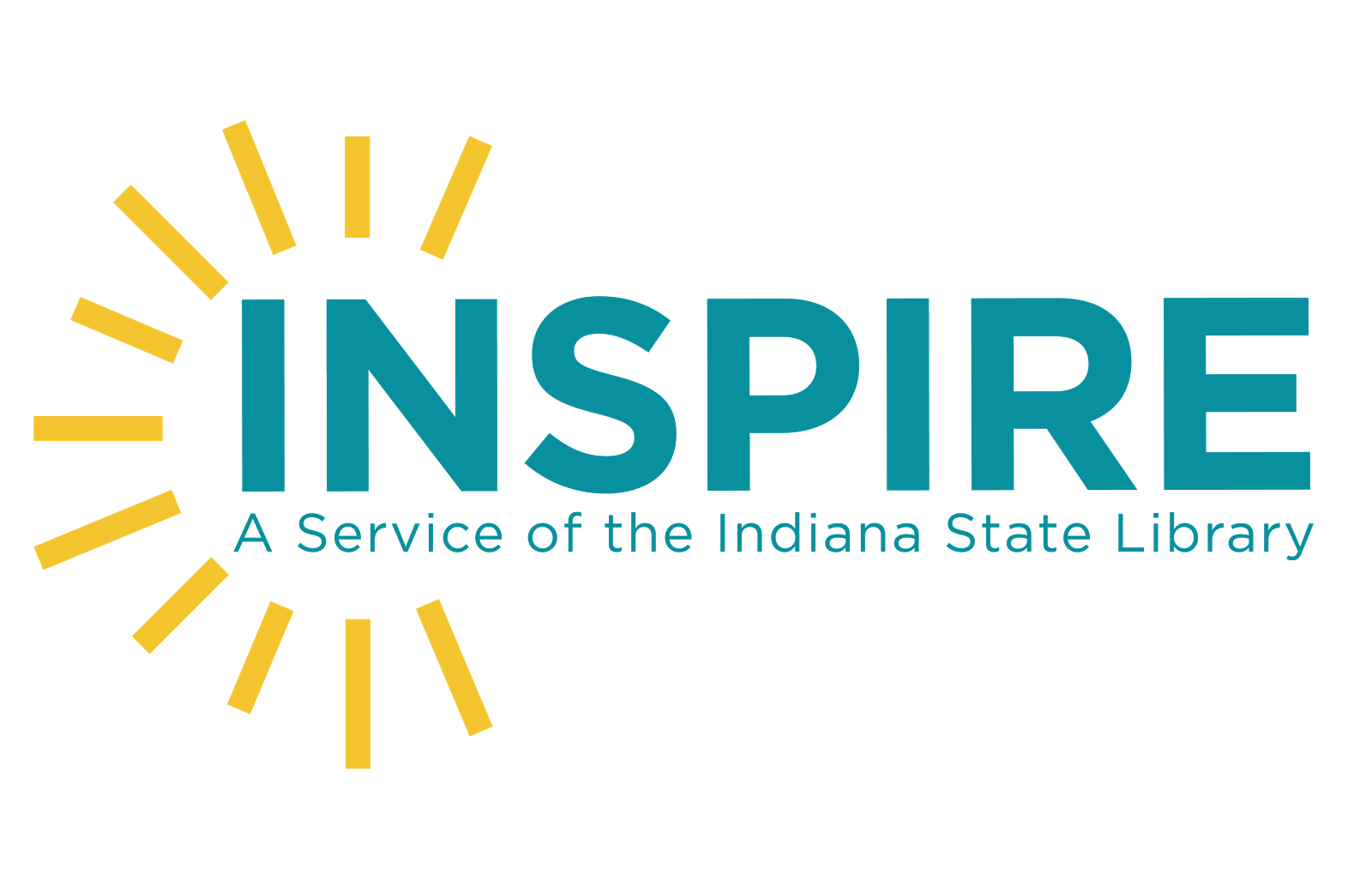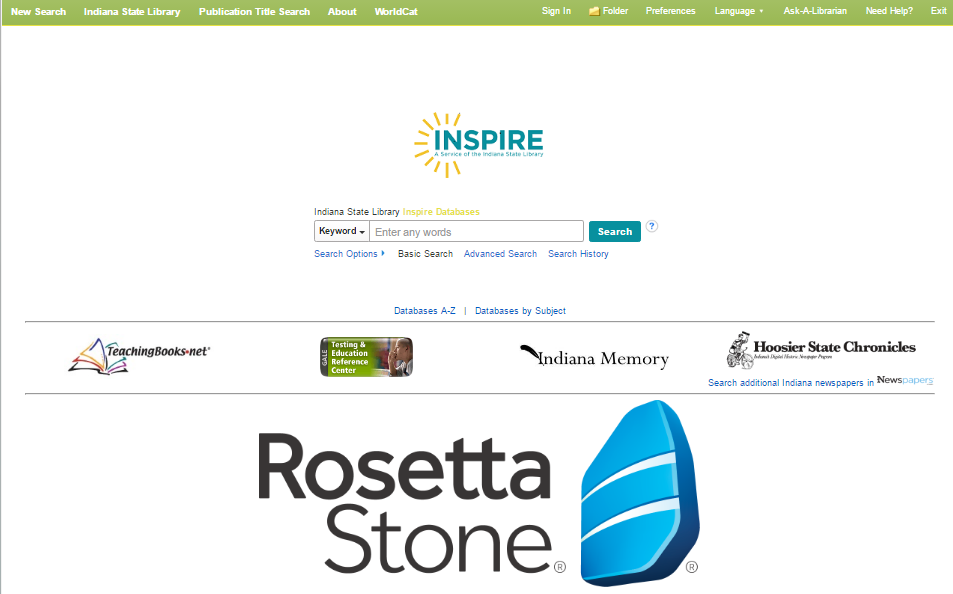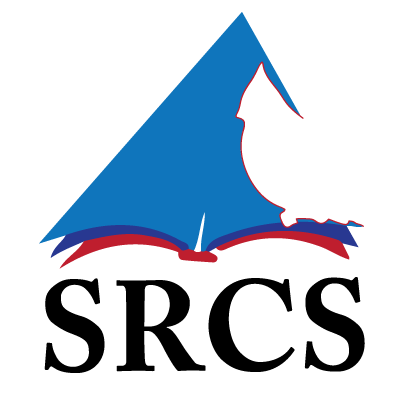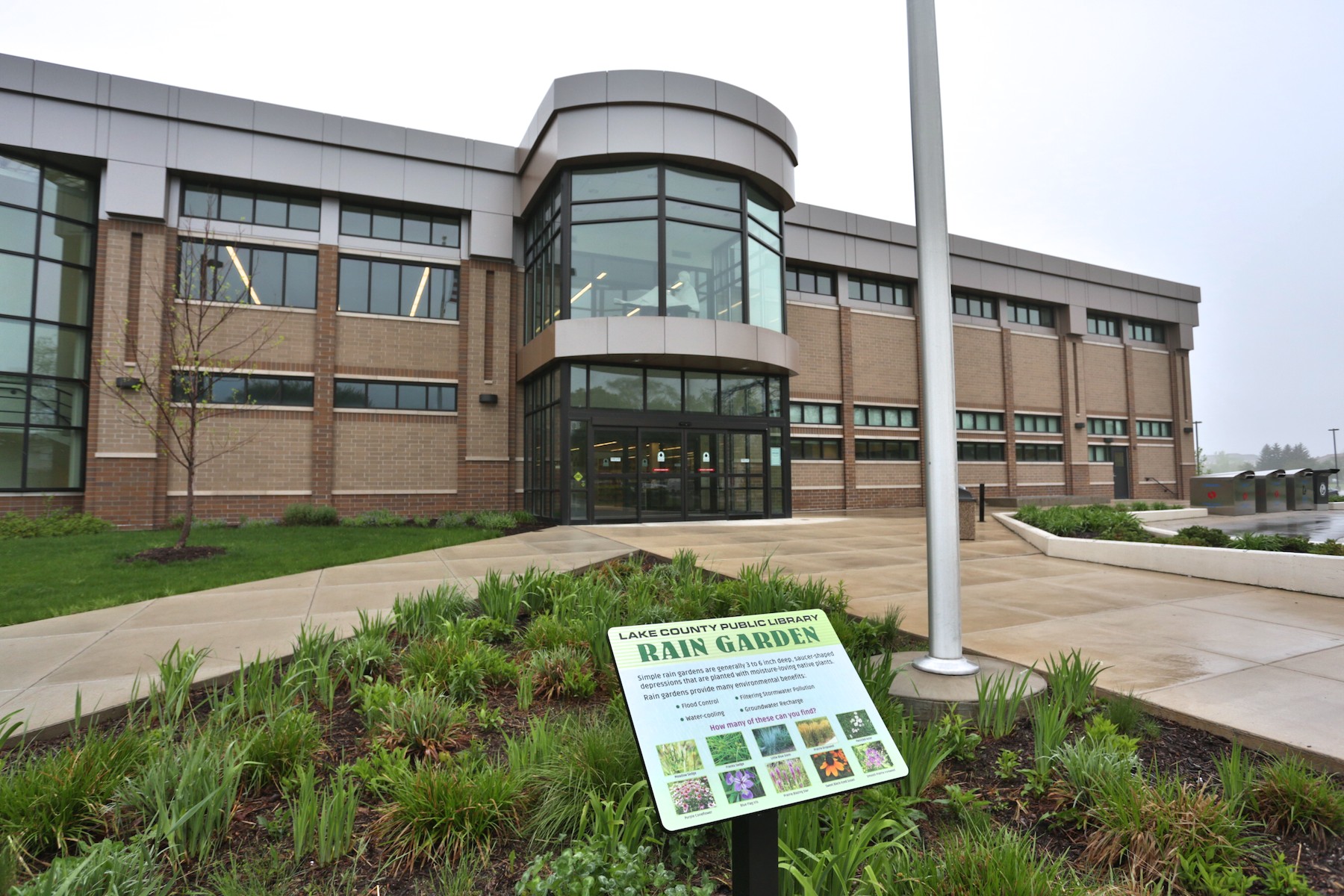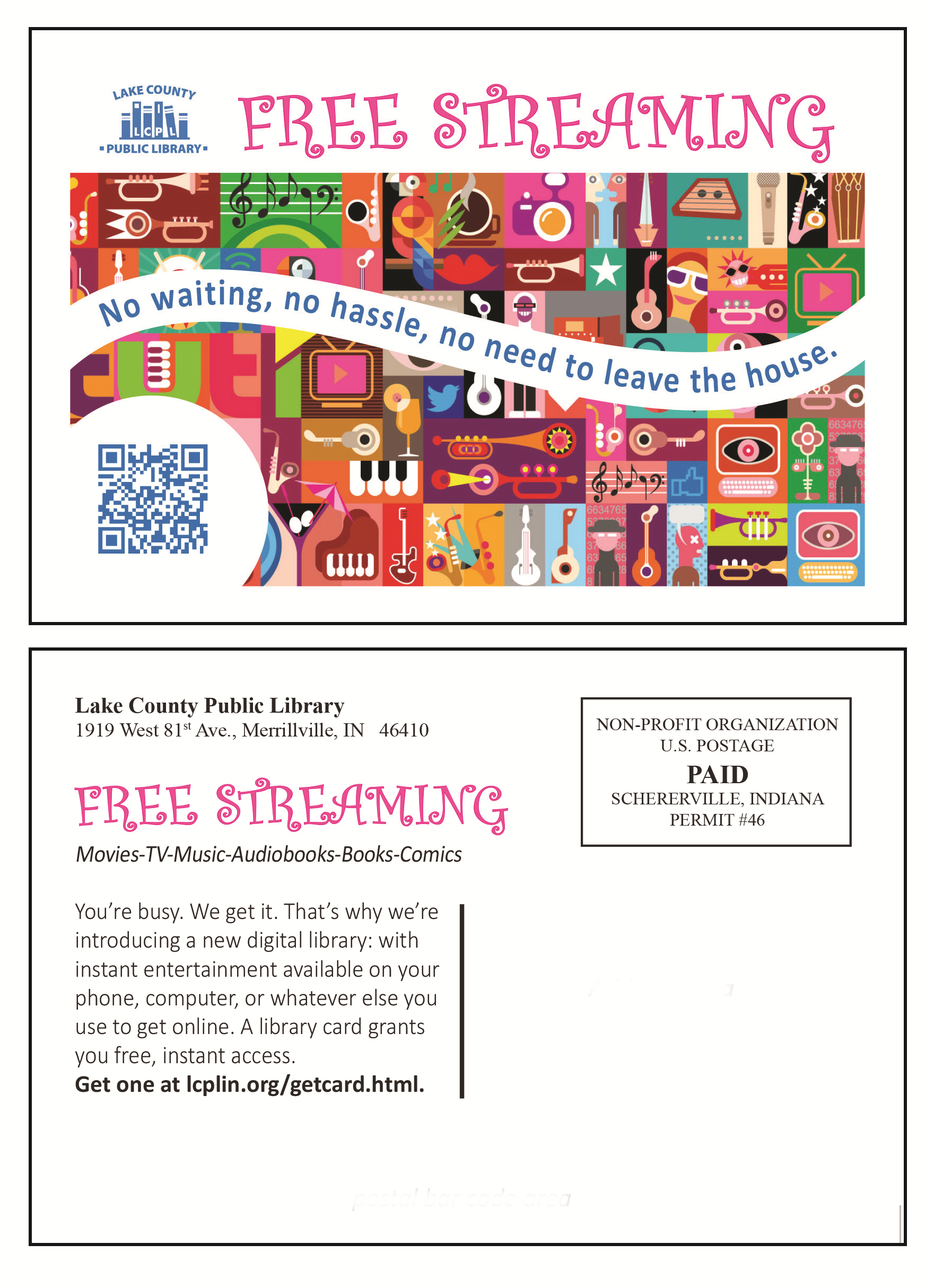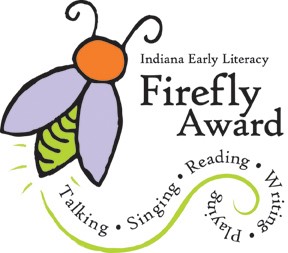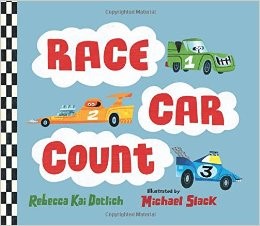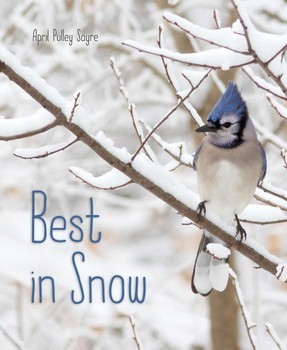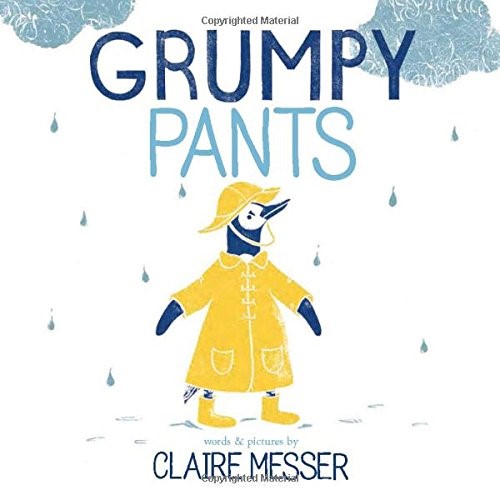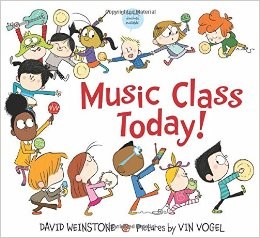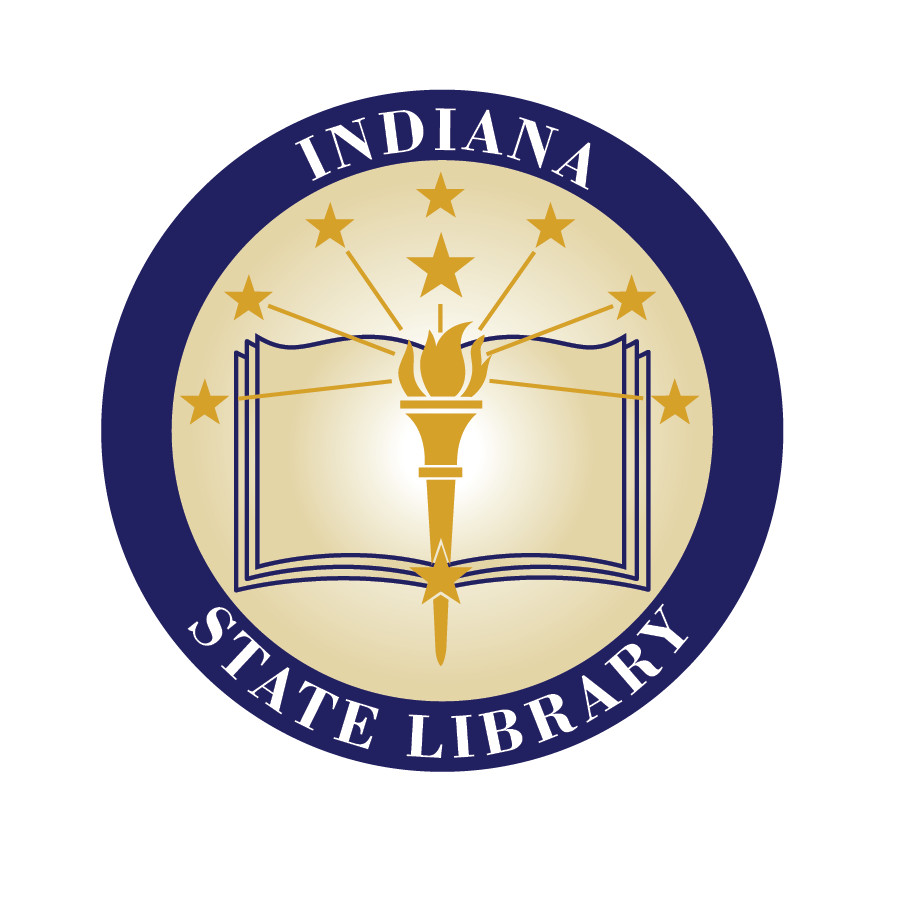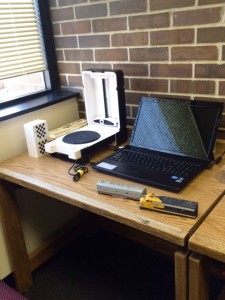Today we welcome guest blogger Eric Fisher of the Alexandria-Monroe Public Library
After doing a presentation at the Indiana Library Federation (ILF) conference this this year, I thought I’d try to answer many common questions and considerations that a collection developer might face when considering circulating video games.
First, the Alexandria-Monroe Public Library does not circulate consoles. Your average console will run you anywhere from $200 to $450, or so, and consoles do not operate like they did several years ago. They are now essentially computers with proprietary operating systems. They usually require games to be installed off of the disk and often have game patches that need to be downloaded. They are also usually tied to an individual’s game account (e.g. a PlayStation Network account or an Xbox Live account). Therefore, the console itself usually contains some level of personally identifiable user information. It would be a bit like circulating laptops to people to take home for days at a time and allowing them to be able to install software on them at their own discretion. This is not to say that you couldn’t circulate game systems, we just feel that the cost and other challenges/logistics make it more trouble than it’s worth. Just last week, however, we did purchase a PlayStation 4 (PS4) and an Xbox One S for use in the library and for programming; a practical option for us.

Video game collection at the Alexandria-Monroe Public Library
Second, we currently purchase primarily for PS4 and Xbox One, with the increasingly rare purchase of a PlayStation 3 (PS3) or an Xbox 360 title. The reason for this is that both the PS4 and Xbox One were released in November 2013, which means that PS3 and Xbox 360 systems are at the very end of their lifecycles and are getting very few new title releases now. The Nintendo Wii was replaced by the Wii U in December 2012 and the Wii U was extremely commercially disappointing with abysmal adoption rates. In fact, Nintendo is releasing their successor console, Switch, in March of 2017 partly because the Wii U was such a failure. All that being said, our collection contains PS3, PS4, Xbox One, Xbox 360, Wii and a small handful of Wii U games. The games for the older systems do still circulate, so we’re not in a hurry to weed them out, but at the same time I’m interested in putting funds toward current generation games as opposed to previous generation games, especially since backward compatibility is non-existent or limited. For example, PS4 will not play PS3 games and Xbox One can only play a number of Xbox 360 titles. However, the Wii U will play Wii titles. We do not currently purchase for the Nintendo 3DS or PlayStation Vita handhelds, as their media formats are small cards, not unlike SD cards, which makes them a bit more difficult to secure. The systems we do collect for use disk-based media, so they’re very easy to secure using standard lockable cases; the type we use for DVDs. You could collect for handheld systems depending on how you plan the logistics. Some libraries do circulate handheld systems and their accompanying media.

Video game collection at the Alexandria-Monroe Public Library
Third, we collect games of all ratings. Some libraries, for example, opt not to collect games rated M (mature), which I feel is based on the misconception that “video games are for kids.” According to the 2016 Entertainment Software Association report on sales, around 75 percent of gamers are over the age of 18, with the average age of gamers being 35. An ESRB M rating is akin to the MPAA’s R rating for movies. The ESRB also has the AO (adults only) rating category, which is akin to an MPAA NC-17 rating, but just like the movie rating, you really never see any games that come out with an AO rating. Since their inception in 1994, ESRB has rated about 30 games as AO and all have been released on computer, not consoles. The report also notes that female gamers make up 41 percent of the game playing community, so it truly is a medium that is consumed by all public age and gender demographics. Our collection practices try to reflect the demographic makeup of the gaming community.

Video game collection at the Alexandria-Monroe Public Library
Finally, your collection decisions regarding title purchases and the number of formats you’ll support will rely heavily on your gaming collection budget. Games typically retail at $59.99 on release, and depending on popularity, will start to drop significantly in price over their first six months, usually settling around the $20 to $30 price point. PS4 currently dominates the console market in regards to number of titles released and number of consumers who have purchased a console, though Xbox One is a close second. Each brand has their own exclusives (e.g. Mario and Pokemon games for Nintendo) as well as versions of multi-platform titles (e.g. “Call of Duty”). I try to purchase very well-known titles/franchises at launch while waiting for less anticipated titles until the price drops a bit. It’s not unusual for the console companies to release around four “must have” titles in any given month. Some times of the year see heavier launch lists, particularly during the fourth quarter holidays. I will generally purchase those titles at launch. Additionally, many games are offered in “special editions,” as well as a “standard edition.” Most of the extra game content released exclusively in a special edition is in the form of a redeemable one use code. So, for circulation purposes, it’s usually best to purchase the standard edition. Bonus content tends to be digital downloads in the form of a code tied to the user’s game account, so it can be safely ignored. Efficient collection development of games generally requires a decent level of familiarity with the gaming landscape and the big franchises, so collections usually benefit from frequent game journalism research. That being said, big titles are often announced far in advance of release, so it’s possible to build a wish list well ahead of time and tweak it as release dates change or as previously un-hyped, but worthwhile, titles are released.
I think this post should give you a good foundation for starting a video game collection in your library. Video games have been an extremely popular collection for us. We service a community of about 8,000 people and typically our monthly game circulation is about 600. We let patrons check out up to three games at a time with a one week loan period and we allow one renewal. My budget for 2016 was about $6,000 and will be about $7,500 for 2017. You can view the documents relating to my ILF presentation here and let me know if I can answer any questions. Good luck!
Eric Fisher is the assistant director of the Alexandria-Monroe Public Library. For more information on video games in your library, contact Eric at efisher@alexlibrary.net.
